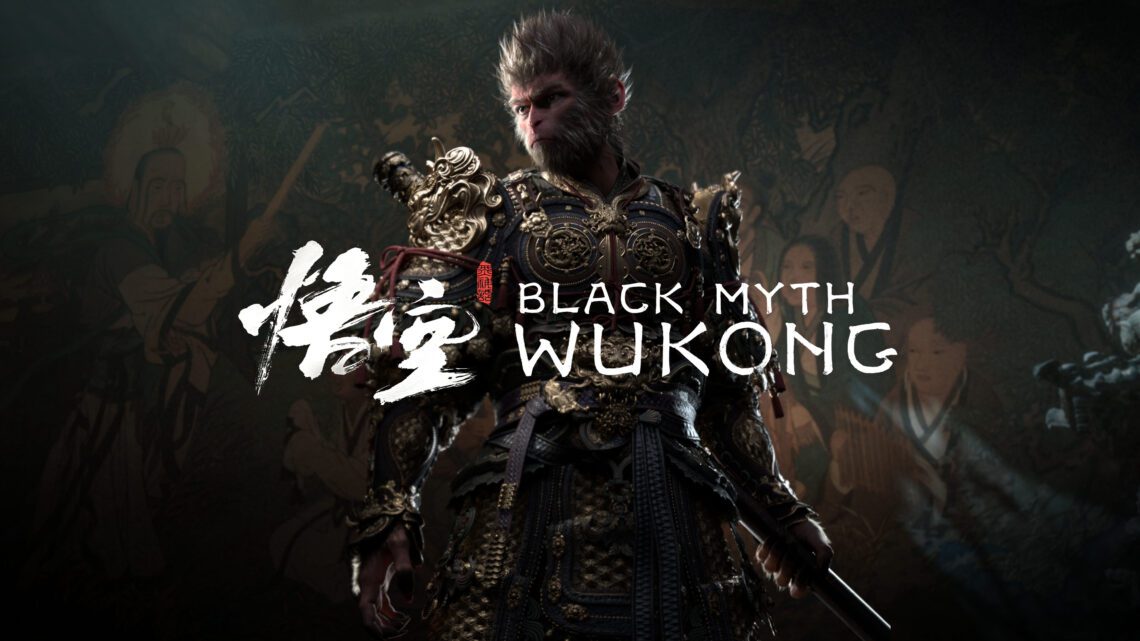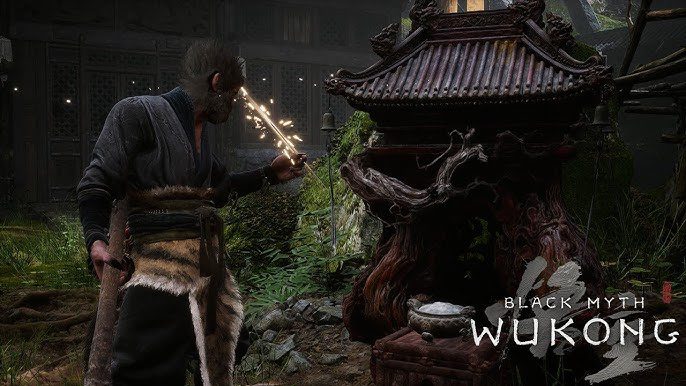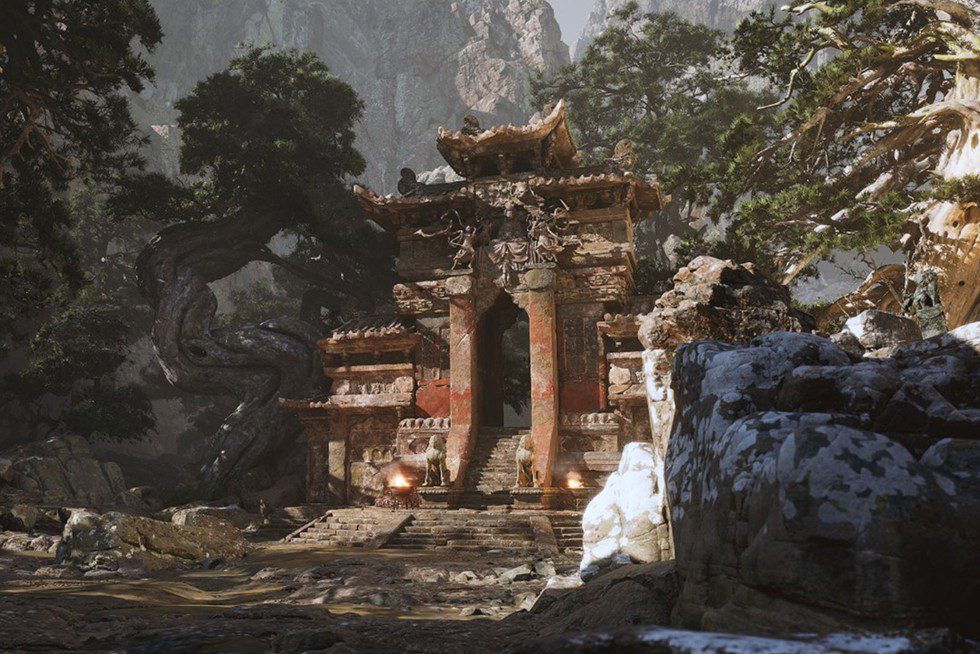Last week, the action role-playing game Black Myth: Wukong (Title: Hắc Thần Thoại: Ngọc Khổng) developed and released by GameScience studio from China attracted 2.3 million players within just two days. According to statistics, since its release on August 19, this game has sold 4.5 million copies, ranking second among all games available on Steam, making it a global sensation.
With its impressive debut, Black Myth: Wukong has made significant waves for GameScience. However, its global influence also marks an important turning point for the Chinese gaming industry and Asia as a whole.

In recent decades, Hollywood films, Disney and Pixar animations, and games from Sony have become the preferred entertainment choices for audiences worldwide, securing a prominent place in the global entertainment industry. With significant cultural influence, consumers across various nations have been captivated by these cultural products, showcasing the deep cultural connections through this media.
However, the success of Black Myth: Wukong illustrates a promising future for the representation of Asian cultural and traditional narratives in entertainment products originating from this region.
A Storyline That Resonates
Not only has Black Myth: Wukong received high praise for its graphics and character development, but it has also garnered significant acclaim for its “familiar yet unique” storyline. So, how can a narrative that is deeply rooted in 16th-century traditions impact the success of a 21st-century game?
The answer likely lies in its rich source material from classic Chinese literature, woven with details that resonate with audiences from diverse cultural backgrounds.

The story of Wukong (Sun Wukong) is based on the classic novel “Journey to the West,” where the characters Sun Wukong, Zhu Bajie, and Sha Seng together overcome 81 tribulations and successfully obtain Buddhist scriptures.
With a blend of courage, wisdom, morality, and spiritual perseverance, the characters triumph over challenges. The interconnectedness illustrated here reinforces various themes that appeal to global audiences.
In Black Myth: Wukong, while the story may not closely follow the original narrative of the journey to the West, the portrayal of the main character traversing through various trials reflects philosophical teachings about resisting greed and embracing self-restraint, making this game particularly distinct and resonant with audiences.
In other words, the game’s story elevates it beyond mere entertainment, addressing deeper issues such as environmental degradation and the exploitation of industries, making the narrative relevant to contemporary society.

Emphasizing Cultural Pride
The strong emphasis on traditional Chinese culture resonates deeply with players from both Eastern and Western contexts. Instead of the grand castles and sprawling landscapes typical in Western games, Black Myth: Wukong incorporates numerous cultural elements, such as temples, mythological references, and intricate details that reflect the rich tapestry of Chinese heritage.

The game features expansive landscapes that showcase stunning visuals reminiscent of traditional Chinese art and architecture, creating a unique environment for players.
If a game lacks compelling content or the necessary depth, it will likely fail to capture players’ attention. What makes content engaging? It’s the ability to present profound insights into the game itself and to resonate deeply with the target audience.
China, in recent years, has recognized the potential to create a global hit. By focusing on the rich cultural heritage and realizing its beauty and value, developers in the cultural industry of the country have recognized the importance of preserving the essence of traditional culture.

In addition to the developers’ significant investment in graphics, story, culture, and more, the development of Black Myth: Wukong reflects the advancement of China’s technology sector, which is a result of the government’s ongoing support and investment.
Ultimately, while the soft power may be expanding, it still relies on “technological prowess.” These evolving games reflect China’s commitment to investing not only financial resources but also time into building technologies that can create impactful narratives and achieve global significance.
Source: Asia Times





















